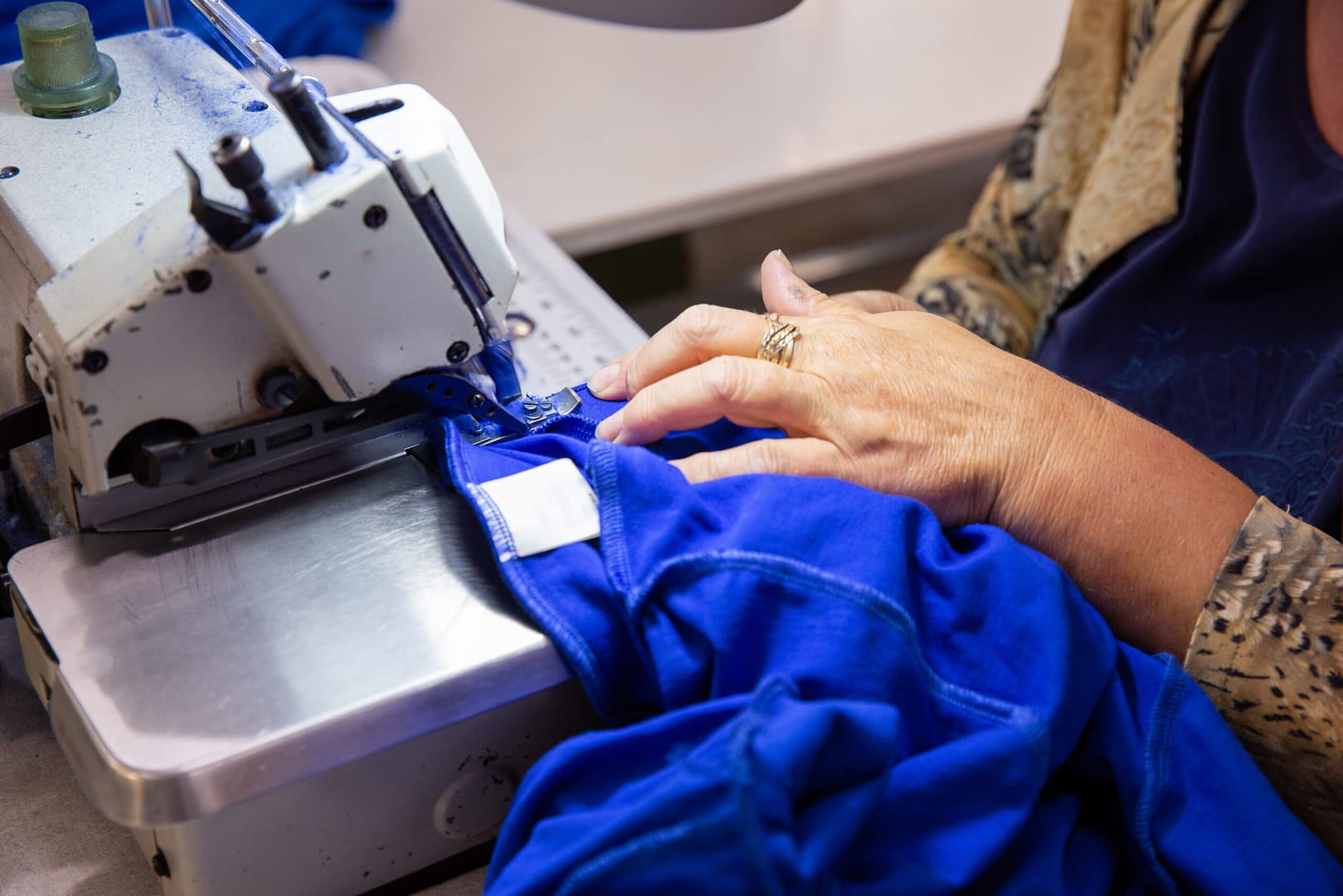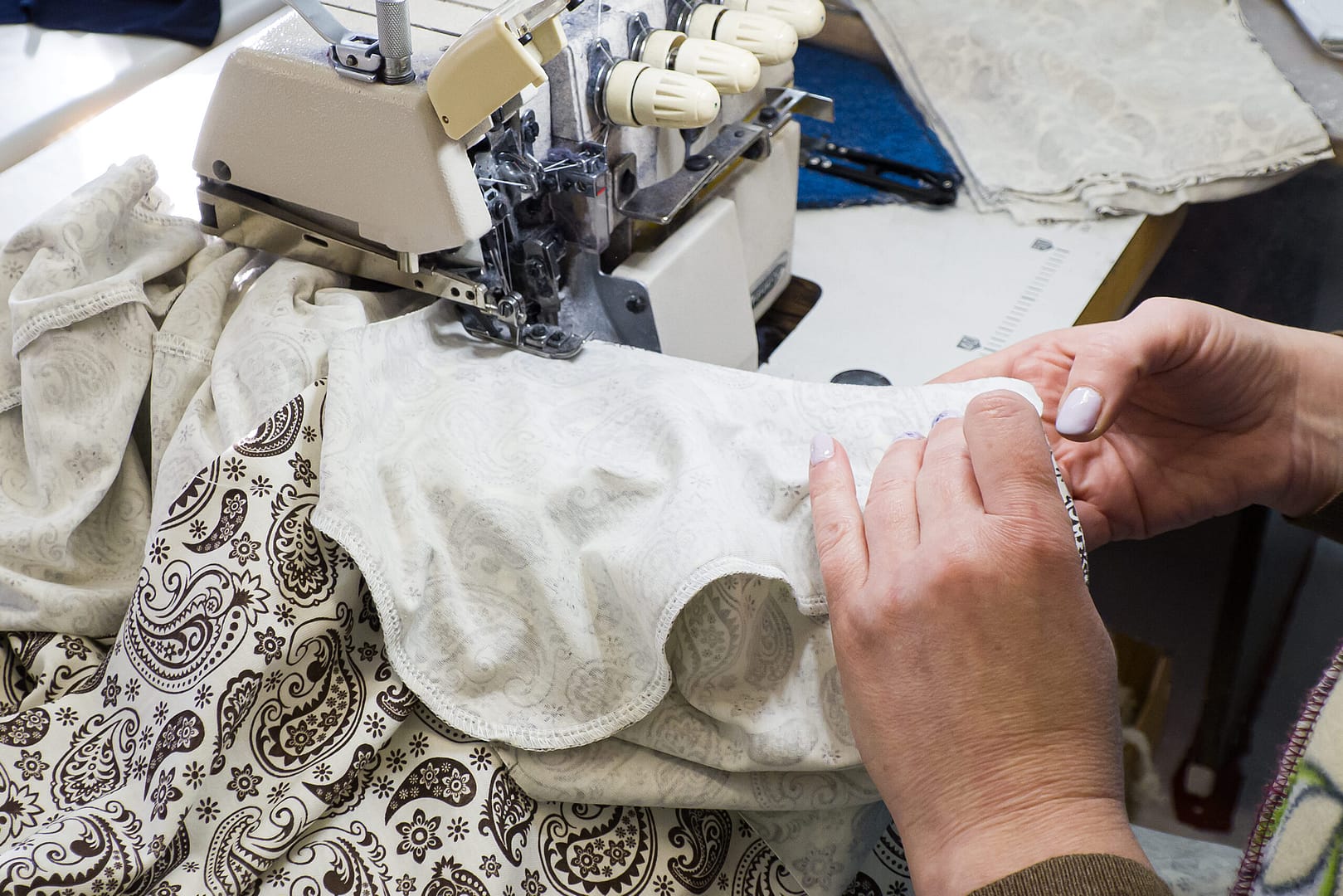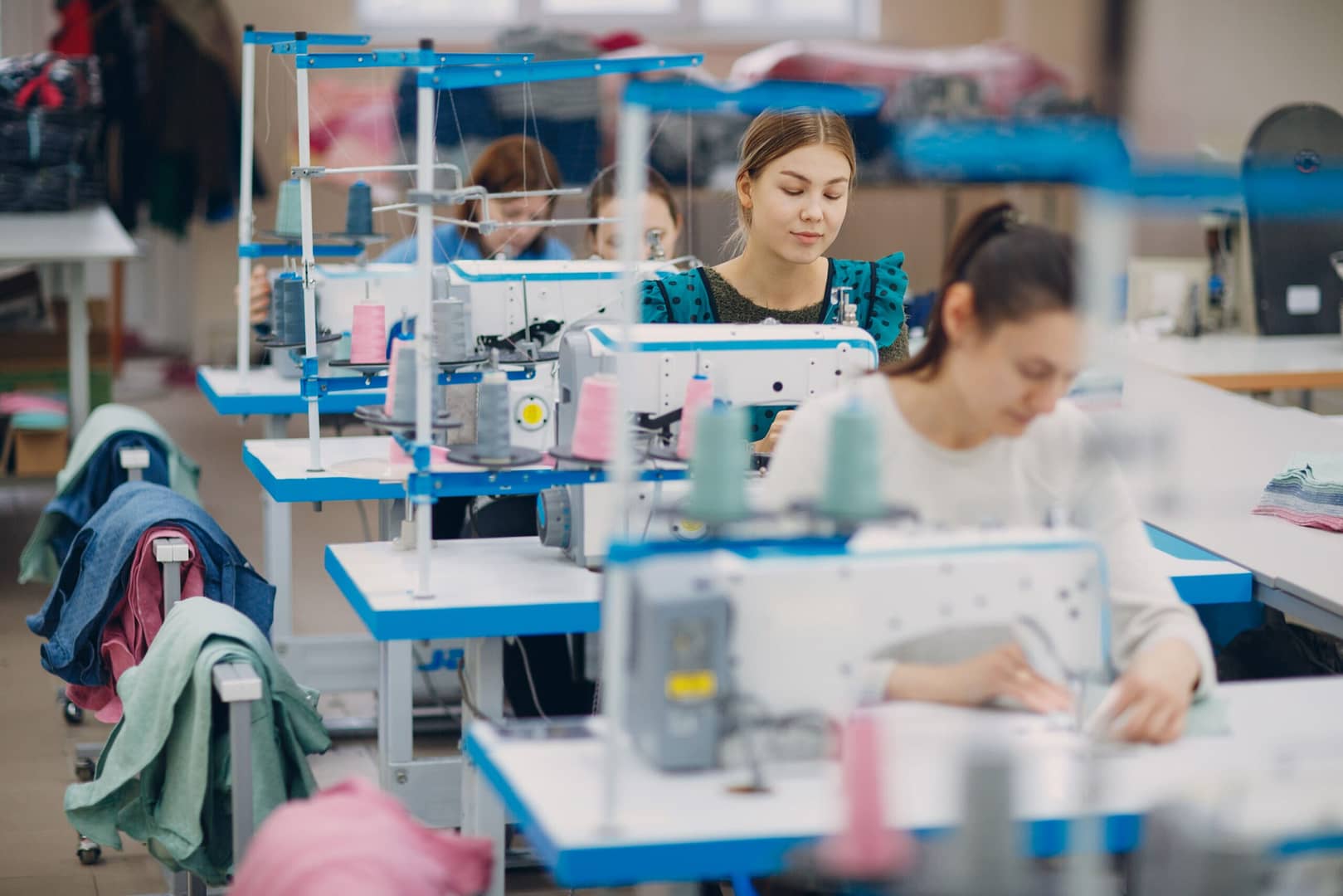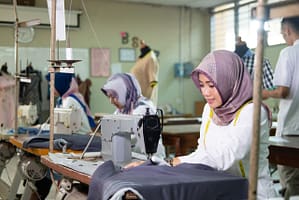| Fabric Name | Ramie |
| Fabric also known as | China grass, Chinese nettle |
| Fabric Composition | Natural fibers derived from the Boehmeria nivea plant |
| Fabric Breathability | Highly breathable |
| Moisture-wicking Abilities | Moderate to high |
| Heat Retention Abilities | Low |
| Stretchability (Give) | Low (fabric is generally stiff and inflexible) |
| Prone to Pilling/Bubbling | Low |
| Country Where Fabric Was First Produced | China |
| Biggest Exporting/Producing Country Today | China |
| Recommended Washing Temperatures | Cool |
| Commonly Used In | Apparel (especially summer clothes), upholstery, fashion accessories |
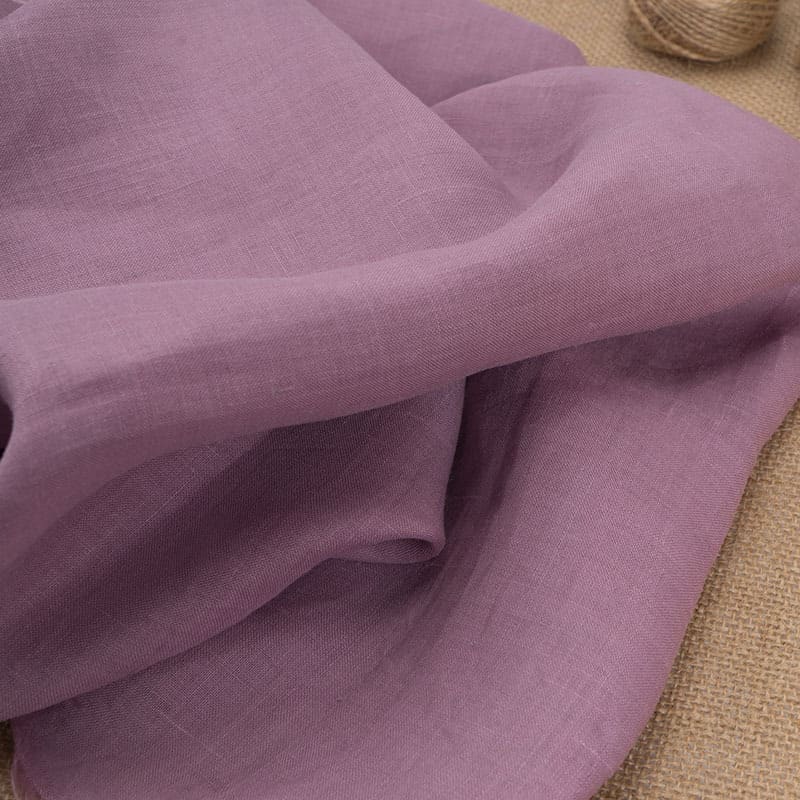
What is Ramie Fabric?
Ramie fabric is made from the fibers of the Boehmeria nivea, a plant related closely to nettles but without the sting. It is primarily cultivated in Eastern Asia, especially in China, where it has been a staple in textile production for centuries. The fibers extracted from the ramie plant are known for their ability to create a lightweight fabric that is highly absorbent and quick-drying.
Ramie fibers are one of the strongest natural fibers, which contributes to the fabric’s durability and longevity. They also possess a natural resistance to bacteria, mildew, and insect attacks, making them an excellent choice for garment production. Unlike some other natural fibers, ramie fabric can maintain its strength when wet, and it has a tendency to become even stronger in moist conditions.
Comparatively, ramie is often placed alongside other bast fibers like linen, hemp, and jute, though it is finer and has a more silk-like appearance. This quality makes it highly valued for fine textiles where appearance is as crucial as functionality. Moreover, ramie does not shrink much and holds its shape well, which is a significant advantage in garment manufacturing.
Properties of Ramie Fiber
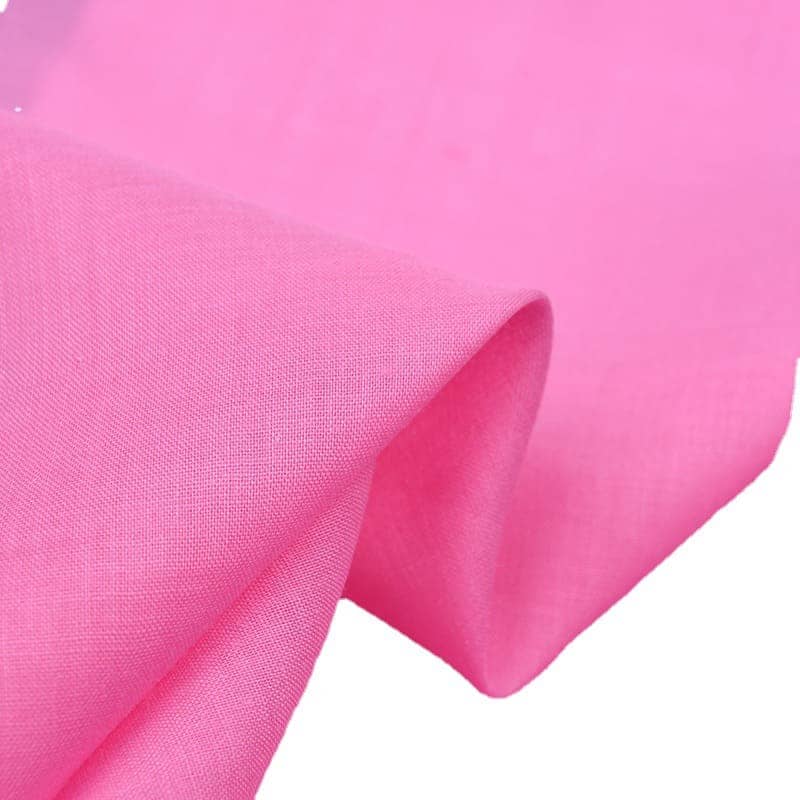
Ramie fabric boasts several unique properties that make it highly valued in the textile industry. Here’s a detailed look at its key characteristics:
- Strength and Durability: Ramie is one of the strongest natural fibers, significantly more so than cotton and even linen. It has a high tensile strength, which allows it to withstand high levels of stress and strain. This durability makes ramie an ideal choice for both everyday wear and specialty garments that require a longer lifespan.
- Resistance to Microorganisms: Thanks to its natural resistance, ramie fabric does not easily succumb to mold, mildew, or bacterial growth. This feature ensures that garments made from ramie maintain a fresh look and smell for longer periods, even in humid conditions.
- Shape Retention: Unlike many other fibers, ramie inherently retains its shape and reduces wrinkling. This makes it a preferred fabric for items that need to maintain a crisp appearance, such as collared shirts and pleated dresses.
- Moisture Absorption: Ramie can absorb up to 20% of its weight in moisture without feeling damp. This makes it extremely comfortable to wear in warm weather, as it efficiently wicks moisture away from the skin.
- UV resistant: Ramie fiber has a UV penetration rate of less than 0.6% and is 41.7 times more UV resistant than cotton, which effectively reduces UV damage to the human body.
Each of these properties contributes to ramie’s reputation as a premium, versatile fabric suitable for a variety of applications in the fashion and textile industries.
Production Process of Ramie Fabric
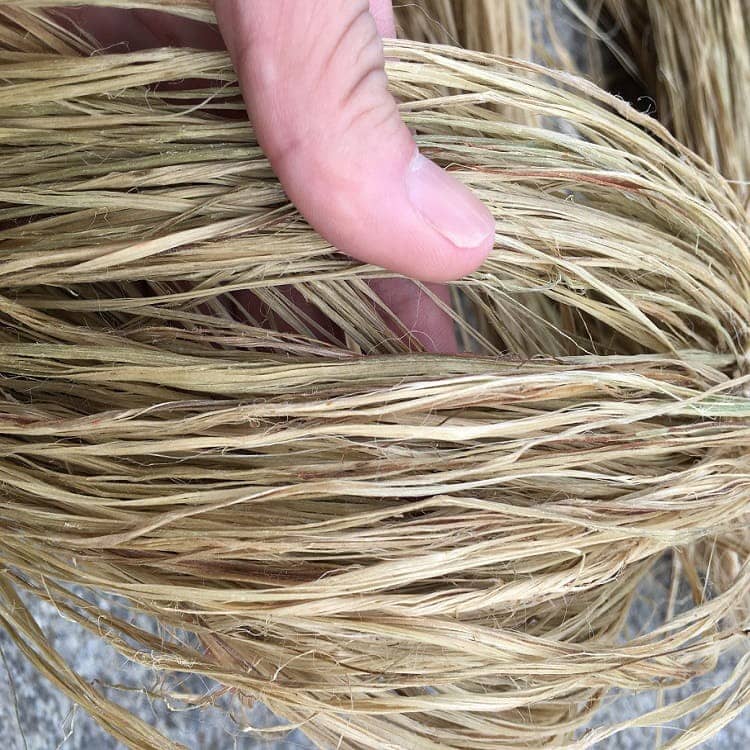
The cultivation and production of ramie fiber are labor-intensive processes, reflecting the traditional methods still in use today, primarily in Asian countries. Here’s an overview of how ramie fabric is produced from plant to textile:
- Cultivation: The Boehmeria nivea plant from which ramie is derived thrives in well-drained, fertile soil with a good supply of moisture. The plant can be harvested multiple times a year once established, making it a renewable resource. However, it requires precise timing to ensure the quality of the fiber is not compromised.
- Harvesting: Ramie leaves are harvested by hand, which is labor-intensive but necessary to protect the quality of the fiber. The stalks are cut close to the ground, and the fibers are stripped from the plant in a process called decortication.
- Extracting Fiber: After harvesting, the woody bark is removed, and the fiber bundles are extracted. This is typically done through a process of retting, where the plant material is decomposed to free the fibers. Chemical retting is faster but can impact the fiber’s quality, whereas natural retting takes longer but preserves the integrity of the fibers.
- Spinning: The cleaned and processed fibers are then spun into yarn. Ramie fibers are naturally white, which minimizes the need for bleaching. They can also be easily dyed, allowing for a wide range of colors in the final fabric.
- Weaving or Knitting: The spun yarn is then woven or knitted into fabrics. The resulting ramie fabric is lightweight, has a natural luster, and resembles linen in texture and appearance.
The production of ramie, while time-consuming and requiring considerable skill, results in a fabric that is both luxurious and durable. Its production process also emphasizes the sustainable and eco-friendly aspects of ramie, aligning it with modern demands for environmentally conscious manufacturing practices.
Advantages of Using Ramie Fabric
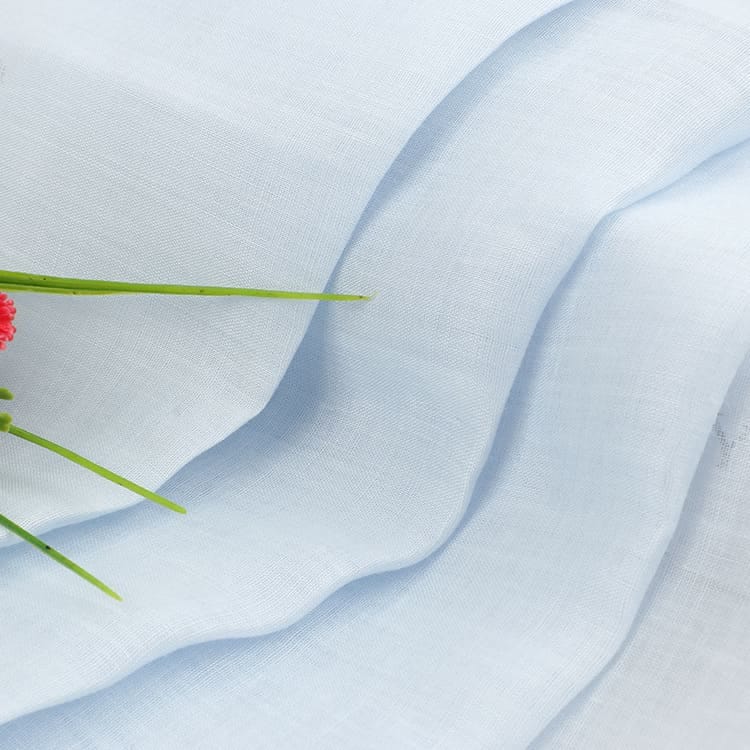
Ramie fabric offers several compelling advantages that make it a preferred choice in the textile industry, particularly for brands focusing on sustainability and quality. Here are the main benefits of using ramie fabric:
- Environmental Benefits: As a natural fiber, ramie is biodegradable and has a much lower environmental impact compared to synthetic fibers. Its cultivation requires fewer chemical pesticides and fertilizers than cotton, making it a more eco-friendly option. Additionally, the ramie plant has a high yield per acre and can be harvested up to six times a year, ensuring efficient use of land.
- Hypoallergenic Nature: Ramie is naturally hypoallergenic, making it suitable for sensitive skin. This quality is especially valued in the production of clothing and home textiles that come into direct contact with the skin.
- Breathability and Comfort: The structure of ramie fibers allows for excellent breathability, which helps regulate body temperature and keeps the wearer cool and comfortable in warm climates. This property, combined with its ability to wick moisture away from the skin, makes ramie ideal for summer clothing and activewear.
- Dye Affinity: Ramie fibers have a high affinity for dyes, which allows for vibrant colors that are resistant to fading. This characteristic is beneficial for fashion applications where longevity and color stability are essential.
These advantages make ramie fabric not only a practical choice for consumers but also an attractive option for designers and manufacturers looking to combine durability, comfort, and sustainability in their products.
Disadvantages of Using Ramie Fabric
While ramie fabric offers numerous benefits, there are also some challenges and limitations associated with its use and production:
- Labor-Intensive Production: The process of extracting and processing ramie fibers is labor-intensive, particularly because much of it is still done manually. This increases the cost of ramie products, making them less competitive with other natural fibers like cotton, which are easier and cheaper to produce.
- Cost Factors: Due to the extensive labor required and the lower yield per plant compared to other fibers, ramie is generally more expensive. This can limit its use to higher-end or specialty products rather than everyday textiles.
- Care and Maintenance: Ramie fabrics require careful handling during washing and drying as they can be prone to creasing. While they are durable, improper care can lead to shrinkage and a decrease in fabric quality over time. Consumers need to be aware of these care requirements to maintain the fabric’s appearance and longevity.
- Limited Awareness and Availability: Despite its benefits, ramie is not as well-known as other natural fibers. Limited consumer awareness can reduce demand, and fewer manufacturers may choose to work with ramie due to its niche market.
Addressing these challenges requires ongoing innovation in production techniques to reduce costs and enhance fiber yield. Furthermore, increasing consumer education about ramie’s benefits could help boost demand and integrate it more widely into the textile market.
Applications in the Fashion and Textile Industry
Ramie fabric’s unique properties make it highly suitable for a wide range of applications within the fashion and textile industries. Here are some of the key uses:
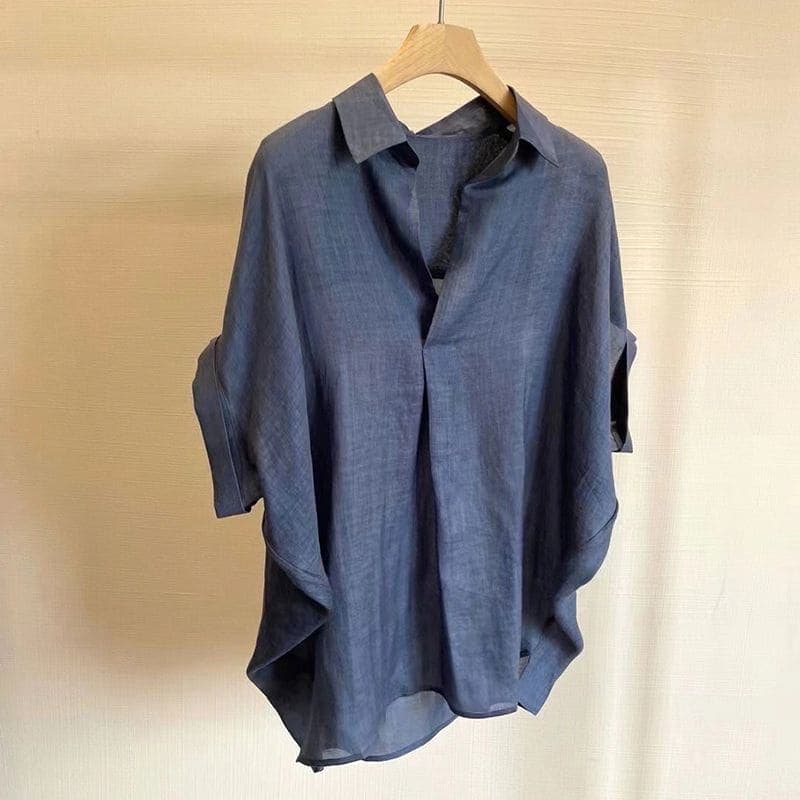
- Apparel: Due to its strength, lightweight, and breathability, ramie is often used in summer clothing, including dresses, shirts, and skirts. It is especially popular in areas with hot and humid climates where comfort and moisture management are crucial.
- Blending with Other Fibers: Ramie blends well with other fibers like cotton, wool, and synthetic materials, enhancing fabric properties such as durability, texture, and wrinkle resistance. These blends are commonly used in both casual and formal wear, providing a balance between the natural benefits of ramie and the characteristics of other fibers.
- Home Textiles: Ramie is also used in home décor items like upholstery fabrics and window treatments. Its ability to hold dye makes it attractive for decorative items that require vibrant colors and patterns.
Innovative designers are continually exploring new ways to incorporate ramie into modern fashion, driven by the growing consumer demand for sustainable and ethically produced textiles.
What is the difference between ramie and linen?
Ramie and linen are both natural fibers valued in the textile industry, but they originate from different plants and have distinct characteristics. Ramie is derived from the Boehmeria nivea plant, which is related to nettles and is primarily grown in Eastern Asia. It is known for its exceptional strength, durability, and silk-like luster, making it slightly finer and stiffer than linen. Linen, on the other hand, comes from the flax plant, Linum usitatissimum, and is cultivated in various regions, including Europe and Canada. It’s renowned for its breathability, natural luster, and soft texture that improves with each wash.
Regarding production, ramie involves a more labor-intensive process compared to linen, which influences its cost and environmental footprint. Ramie’s extraction process is demanding, but the plant’s resistance to pests and its multiple harvests per year offer some environmental benefits. Linen requires less labor for fiber extraction but consumes a significant amount of water during the retting process. Both fibers are biodegradable and require fewer chemicals than synthetic fabrics, aligning them with sustainable textile practices.
Ramie is often blended with other fibers to soften its texture and reduce costs, and it is commonly used in high-end fashion for its ability to maintain shape. Linen is versatile and used extensively in both clothing and home textiles for its comfort and aesthetic appeal. Despite their differences, both ramie and linen are celebrated for their eco-friendly properties and are increasingly popular in markets focused on sustainability.
How much does hemp fabric cost?

The cost of ramie fabric can vary depending on several factors such as quality, blend, and the retailer. Generally, prices for ramie fabric range from around $8 to $26 per yard. Some specific examples include lighter weight ramie fabrics starting at about $7.50 per yard, with more specialized or higher quality options, like those with unique prints or finishes, can cost up to $92 per yard (With the Weave) (The Woolery).
The production process of ramie, which is labor-intensive and complex, contributes to its relatively high cost compared to more common fabrics like cotton or linen. Despite its high cost, ramie’s durability and luxurious feel make it a valuable choice for those seeking high-quality, sustainable textiles.
Conclusion
Ramie fabric, with its durability, sustainability, and luxurious feel, provides a compelling alternative for environmentally conscious consumers and designers seeking quality and performance in textiles. As the fashion industry continues to embrace eco-friendly materials, ramie’s unique properties make it a standout choice. For further exploration of ramie and other sustainable fabric options, visit Valtin Apparel where we offer a broad range of services and support for apparel brands looking to make a positive impact in the world of fashion.
FAQs on Ramie Fabric
1. What are the disadvantages of ramie?
Ramie’s main disadvantages include its labor-intensive production process, which can make it more expensive than other natural fibers. It also tends to wrinkle easily and requires careful handling during washing to avoid shrinking and maintain its quality.
2. What is the difference between ramie and linen?
While both ramie and linen are made from natural plant fibers, ramie comes from the Boehmeria nivea plant and is known for its exceptional strength and durability. Linen, derived from the flax plant, is highly valued for its softness and natural luster that improves with washing. Ramie is generally finer and stiffer compared to linen.
3. Is ramie natural or synthetic?
Ramie is a natural fiber obtained from the Boehmeria nivea plant. It has been used in textiles for thousands of years, particularly in Asia.
4. What is ramie fabric similar to?
Ramie fabric is similar to linen due to its natural origin and appearance. Both fabrics share a crisp texture and are known for their strength and breathability.
5. Is ramie good for your skin?
Yes, ramie is hypoallergenic and has natural antibacterial properties, making it suitable for sensitive skin. It’s breathable and moisture-wicking, which helps keep the skin dry and comfortable.
6. Can you machine wash ramie?
Yes, ramie can be machine washed but should be handled gently. It’s best to use a mild detergent and wash on a gentle cycle with cold water to prevent shrinking and maintain fabric integrity.
7. What are the cons of ramie?
The cons of ramie include its tendency to wrinkle, higher production costs due to labor-intensive harvesting and processing, and the need for careful maintenance to avoid shrinkage and damage during washing.
8. What is the life span of ramie?
Ramie fabric is extremely durable and can last for many years with proper care. Its longevity is comparable to other natural fibers like linen and hemp.
9. Is ramie a luxury fabric?
Ramie is considered a luxury fabric due to its unique properties and the intricate processing required to produce it. It is often used in high-end and bespoke fashion due to its silk-like luster and excellent dye-holding capacity.
10. Does ramie need ironing?
Yes, ramie may require ironing due to its tendency to wrinkle. It’s recommended to iron ramie fabrics while they are slightly damp, using a medium-hot iron setting to achieve a crisp finish.



